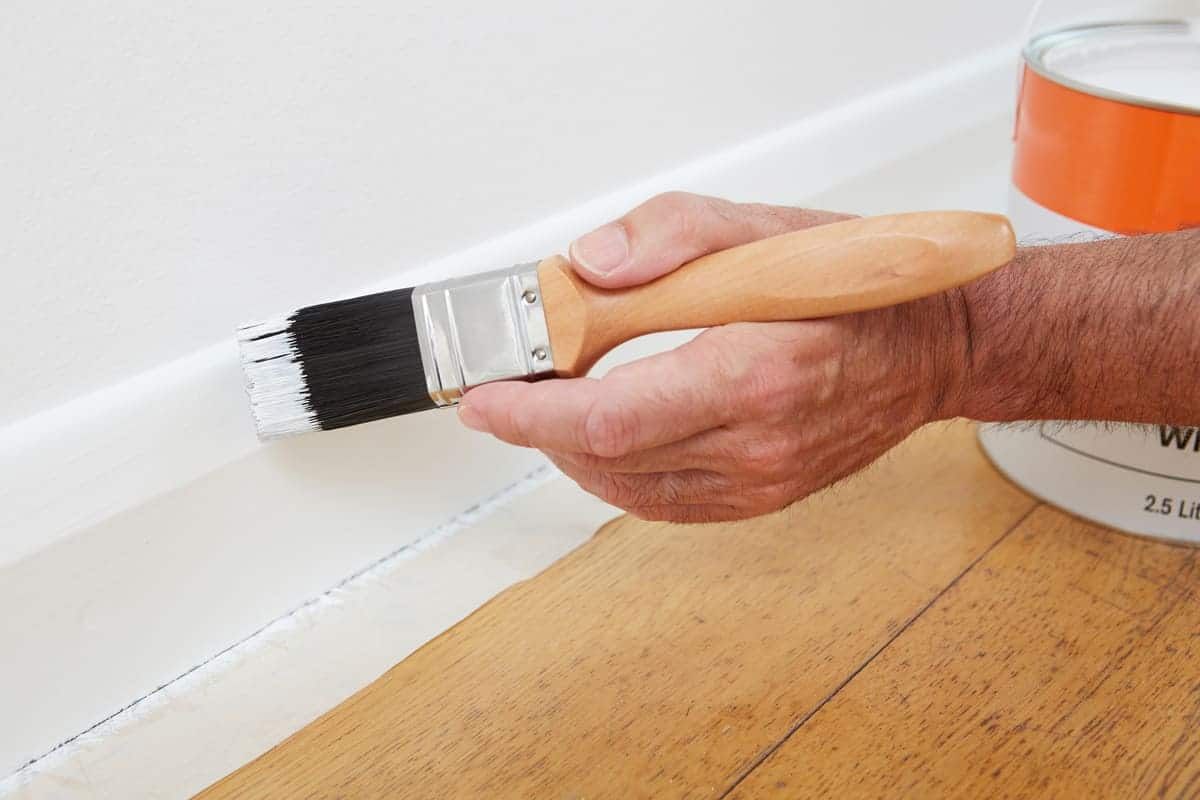One of the most common go-tos for home improvements is decorating and painting your room. It is inexpensive and does not take a lot of time, but it has a significant impact on how you perceive your home.
If you have been around a handyman, you might have heard them talk about “preparing the wall” before they start any paint job. While it makes sense, what does that mean exactly? To prepare a wall to be painted, professional painters use a primer. But you can’t just use any random primer. Instead, read this article provided by painters and decorators to learn how to choose the proper one.
Table of Contents
The Role of Primers in a Paint Job
As any handyman will tell you, applying primer to the surface you are looking to paint has several benefits.
- Creates a smooth base – When it comes to painting, everybody wants for the end result to be fluent, right? Applying primer to the wall before you paint it will provide a protective coat, making the area smooth and even.
- Brings out the colour of your paint – Adding an undercoat will prevent any previous paint colouring from seeping through. It also improves the surface adhesion, allowing for the topcoat to stick to the primer, which brings out its colour better.
- Longer lasting paint – when sealing with a priming coat, you are able to protect the paint from moisture, stains and other imperfections from bleeding through it. This will also prevent cracking and peeling, saving you the trouble of doing repairs down the road.
If you want your paint job to look as if done by professional painters, adding primer is an absolute must.

Paint Primer Formulations
Now that we covered the importance of adding a primer before any paint job, you should know that there are various types of primers on the market, and not just one. Before starting your DIY painting project, you should carefully consider which kind of undercoat you will use, as that will directly influence your end results.
Oil-Based Primers
This type of flat coat is primarily used for surfaces that are prone to stains. Its diverse lineup allows it to be used for indoor and outdoor projects, creating smooth results no matter where you apply it. You can use it to cover previous dark stains and marks, and oil-based primers are also perfect for preparing wood or metal surfaces, as well as high-traffic areas.
Despite the numerous advantages, there are some disadvantages as well. Oil-based primers take a long time to dry and are difficult to remove off rollers. Painters and decorators who commonly use this sort of undercoat recommend utilising one-use painting tools because you will need to dispose of them afterwards.
Water-Based Primers
When it comes to undercoats, these are the most environmentally friendly solutions for both commercial and DIY painting projects. They are simple to use, dry rapidly, and are simple to clean with soap and water. This coat type is ideal for interior painting applications since it adheres well to plasterboard and plasterboard.
Keep in mind that there are two types of water-based primers. One is formulated for porous surfaces, while the other one works best with surfaces such as metal or glass.
Shellac-Based Primers
Shellac is the oldest and strongest type of coat, as all professional painters will tell you, and it is an interior-only primer which can be paired with oil, latex and water-based paints all the same. If you want to seal any stains, whether it is rust, water damage, or smoke, then shellac-based primers will get the job done.
If you decide to go for this option, be cautious. They produce a significant amount of VOC fumes compared to the other primers. Make sure to ventilate the area where you apply it. The paint dries very fast, but the fumes stay for longer. To ensure your safety, leave plenty of time for the room to clear before you continue your work.
Synthetic Substitutes
Synthetic substitutes, also known as hybrid primers, have been recently created. As the name suggests, they combine the benefits of both oil and water-based coats.
They have the adhesion and durability of oil-based primers while being very easy to apply, just like water-based ones. They dry quickly and, due to their strong adhesive properties, are ideal for high-traffic areas.
To top it all off, synthetic substitutes are very low in VOCs, making them easy to use in enclosed spaces and an incredible eco-friendly option for your project.
Many professional painters have openly shared that they have moved on to using hybrid primers more often in their work due to the ease of use and outstanding results.
Factors to Consider When Choosing a Primer for Your Paint Job
There are various aspects to consider while selecting the ideal primer for the occasion.
- Paint type – According to this article, not all undercoats and paints work well together. When selecting a primer, you should first evaluate whether you will use a water-based, oil-based, or enamel top coat.
- Type of surface – Depending on what you are looking to colour, some primers will provide better adhesion and coverage than others. You should also consider if it is a high-traffic area, whether it will be outdoors or indoors.
- Type of surface – When it comes to painting, you will be able to attain the greatest results if the surface is smooth and even. Take into account the existing status of the surface you will be preparing.
- Where you will be working – Depending on whether you will be working in an open space or an enclosed one without ventilation may significantly limit your options. The former allows you to pick from an extensive range of coating. For the latter, however, you are limited to undercoats that produce minimal VOC fumes to ensure your safety.
Conclusion
Whether you select the suitable primer can make or break your painting project. Understanding the different types of undercoats will help you make an easy choice when the time comes.
If applicable, always go for the primer with the least amount of VOC fumes, as they are much safer for you and the environment.

